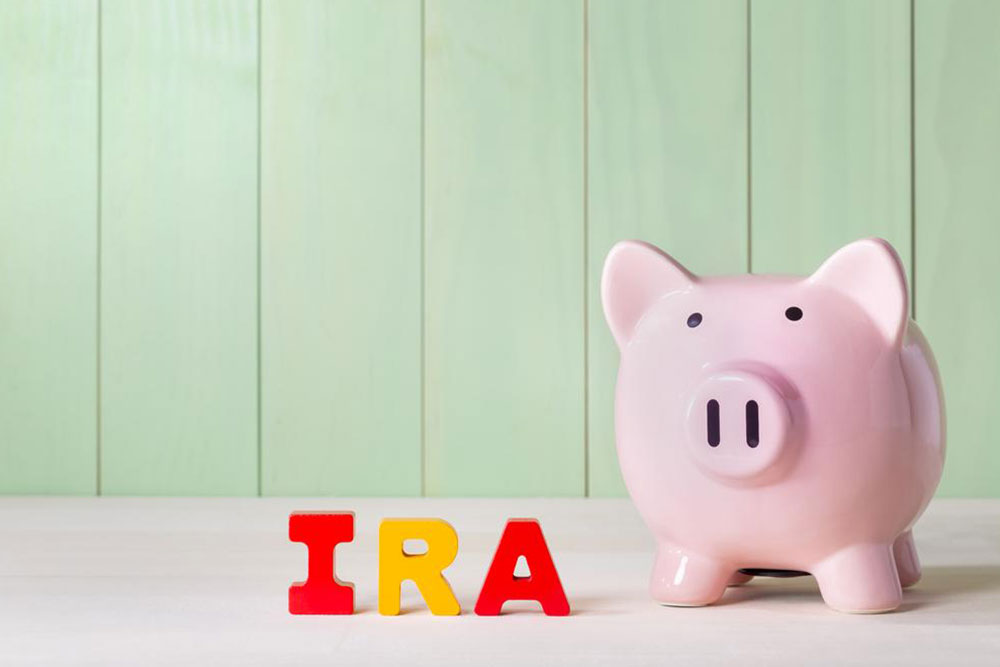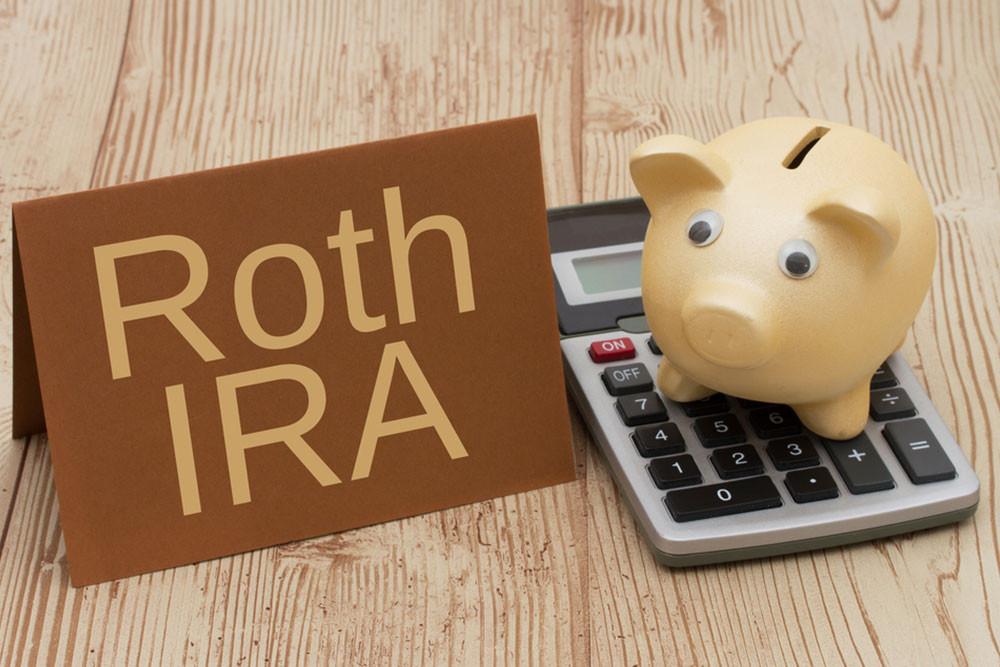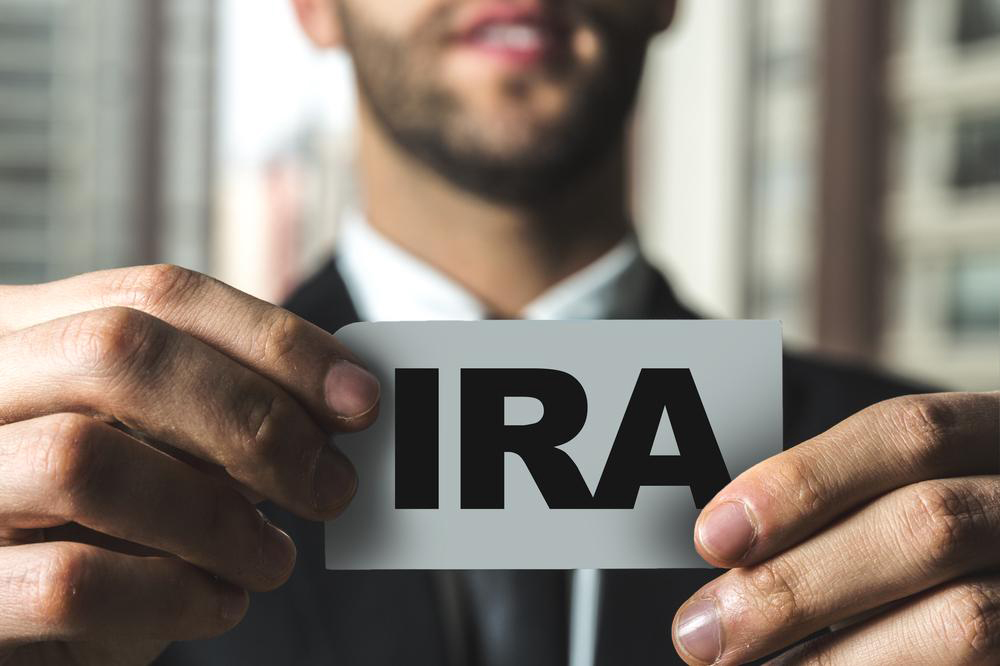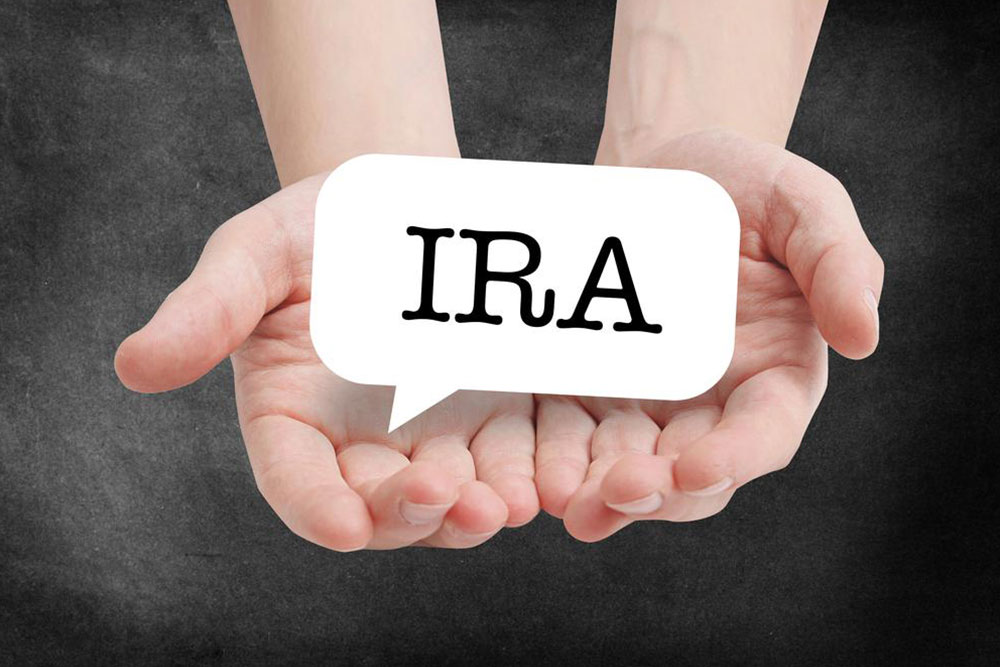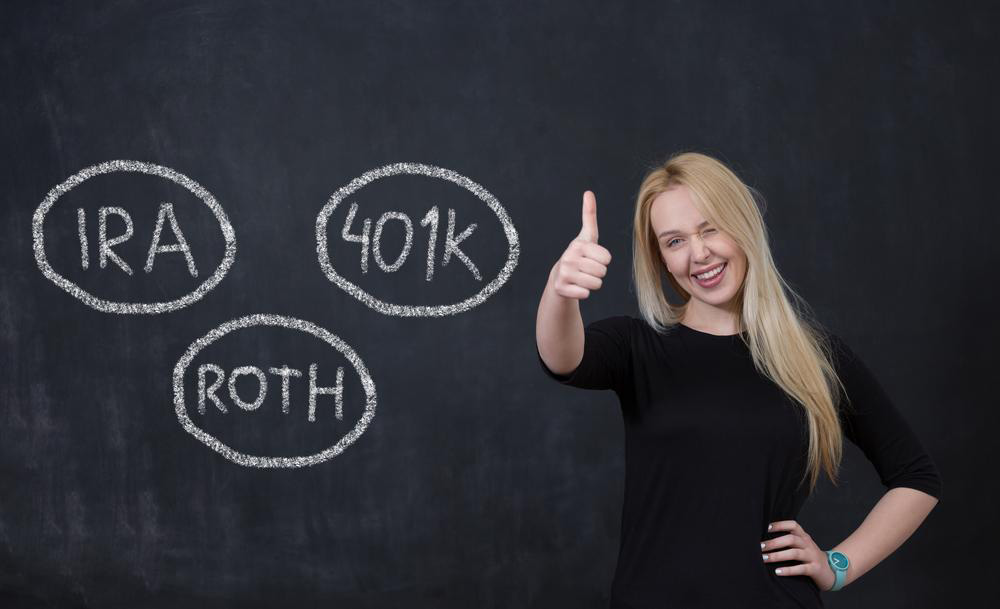Comprehensive Guide to Safe Retirement Investment Strategies for a Secure Future
This comprehensive guide explores safe and reliable retirement investment strategies suitable for near-retirees. It covers low-risk options like FDIC-insured savings accounts, money market funds, and short- to medium-term CDs, emphasizing their safety, yields, and liquidity. The article also discusses tax implications of different retirement accounts such as Roth IRAs and the importance of diversified planning. By understanding these options, retirees can make informed decisions to preserve their savings, generate consistent income, and secure a financially stable future. Expert advice and careful evaluation are encouraged for optimal results.

Comprehensive Guide to Safe Retirement Investment Strategies for a Secure Future
Planning for retirement is a critical financial goal that requires careful consideration of investment options to ensure a stable and secure future. As you approach your retirement years, safeguarding your savings while seeking steady growth becomes paramount. While high-yield investments may seem attractive, they often come with increased risks that may not be suitable for everyone, especially those nearing retirement. Therefore, understanding and utilizing conservative investment strategies can help you preserve your wealth, generate predictable income, and avoid unnecessary financial stress.
In today's economic climate, achieving annual returns of 5% to 7% can be challenging for many investors, particularly those prioritizing preservation of capital over high risk. Instead, conservative investment vehicles such as FDIC-insured savings accounts, money market funds, and short-term certificates of deposit (CDs) offer reliable, low-risk options to grow your retirement nest egg gradually. These options, while offering modest yields, provide peace of mind through safety and liquidity, ensuring your funds remain accessible when needed.
FDIC-insured savings accounts are one of the safest options available, backed by the Federal Deposit Insurance Corporation, guaranteeing deposits up to $250,000 per account holder. These accounts typically offer annual interest rates around 0.5% to 1%, with some high-yield savings accounts reaching closer to 1.5%. They are ideal for emergency funds or as part of a diversified retirement portfolio due to their liquidity and safety.
Money market funds also serve as a secure investment alternative, providing slightly higher yields than traditional savings accounts. These funds invest in short-term debt instruments issued by governments, financial institutions, and corporations, making them relatively stable and low-risk. Yields on money market funds fluctuate with prevailing interest rates but generally hover around 1% to 2%. Their liquidity allows investors to access funds quickly, making them suitable for short-term savings goals or as a cash reserve for retirement planning.
Certificates of Deposit (CDs) are fixed-term deposits offered by banks and credit unions. Short-term CDs, typically ranging from 3 months to 12 months, usually yield around 1% to 1.5%. Longer-term CDs, spanning 2 to 5 years, can offer approximately 2% to 3%, depending on current interest rate environments. These investments provide a guaranteed return over the specified period, making them an attractive option for conservative investors seeking predictable income. However, early withdrawal often incurs penalties, so planning accordingly is important.
While cautioning against overly aggressive marketing tactics promising ultra-high yields, it's essential to scrutinize such offers carefully. High-yield bonds or promotional CDs might seem tempting but often carry higher risks or complex terms that could jeopardize your principal or erode your returns. Always verify the credibility of investments and ensure they align with your risk tolerance and retirement timeline.
Tax considerations significantly influence retirement investment strategies. Traditional savings accounts, CDs, and money market funds generate interest that is typically taxable. To maximize tax advantages, many retirees turn to specialized accounts like Roth IRAs, which offer unique benefits and certain restrictions.
Roth IRA accounts are popular among retirees because they allow tax-free withdrawals in retirement. Contributions are made with after-tax dollars, meaning withdrawals, including earnings, are tax-free provided certain conditions are met—such as reaching age 59½ and having maintained the account for at least five years. However, early withdrawals before age 59½ often attract a 10% penalty plus regular income tax on earnings, emphasizing the importance of strategic withdrawal planning.
Understanding IRS rules around retirement accounts is essential, as they vary based on income levels, account types, and specific circumstances. Consulting with financial advisors or tax professionals can help tailor your investment approach to maximize benefits while minimizing penalties and taxes.
Retirement planning extends beyond selecting individual investments. It involves assessing your risk tolerance, income needs, time horizon, and estate plans to develop a comprehensive strategy. Diversification among various conservative assets can help balance growth and safety, reducing the impact of market volatility on your retirement savings.
Ultimately, building a secure retirement future depends on disciplined savings, strategic investment choices, and ongoing review of your financial plan. Staying informed about the latest financial products, tax laws, and market conditions will help you make sound decisions that safeguard your nest egg for years to come.
